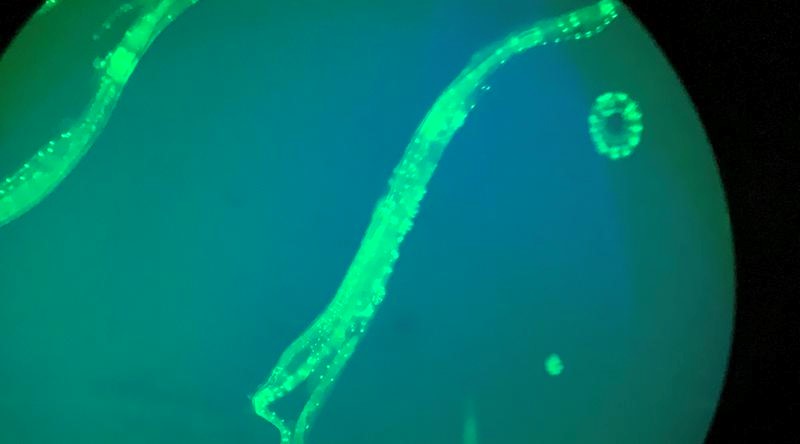Free Courses Sale ends Soon, Get It Now


Free Courses Sale ends Soon, Get It Now



Source: Hindu
Disclaimer: Copyright infringement not intended.
Context
Details
Mechanism of Transmission
Experimental Findings
Significance of C. elegans Research
About RNA
Functions of RNA:
Types of RNA:
RNA Processing and Modification:
Regulation of Gene Expression by RNA:
RNA Interference (RNAi):
RNA-Based Therapeutics:
About DNA
Functions of DNA:
Structure of DNA:
DNA Replication:
Genetic Code and Protein Synthesis:
DNA Repair Mechanisms:
Sources:
|
PRACTICE QUESTION Q. Discuss the role of RNA and DNA in the process of protein synthesis and the regulation of gene expression, highlighting their significance in molecular biology and genetics. (150 words) |
© 2024 iasgyan. All right reserved